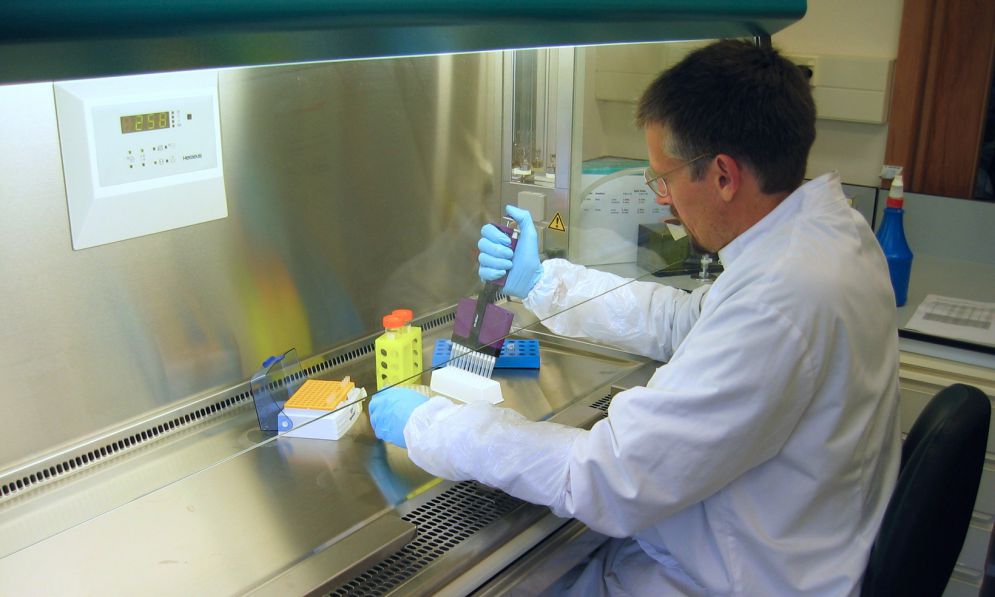Velvet Composition

The following tables provide detail on the composition of New Zealand deer velvet antler.
This table has been produced as a result of research undertaken in New Zealand by AgResearch, a New Zealand state-owned company dedicated to life sciences and agricultural research.
| Name | Components as a percentage of Dry Matter | Standard Deviation |
|---|---|---|
| Ash | 34.0 | ±2 |
| Lipid | 2.50 | ±0.6 |
| Nitrogen(N) | 8.4 | ±0.5 |
| Calcium(C) | 12.1 | ±1.1 |
| Phosphorus(P) | 5.8 | ±0.3 |
| Sulfer(S) | 0.43 | ±0.03 |
| Magnesium(Mg) | 0.25 | ±0.02 |
| Sodium(Na) | 0.83 | ±0.04 |
| Potassium(K) | 0.42 | ±0.4 |
| Name | Trace Mineral Components | Standard Deviation |
|---|---|---|
| Manganese (Mn) | 3.4 | ±0 |
| Zinc (Zn) | 69 | ±9 |
| Copper (Cu) | 5.3 | ±1 |
| Iron (Fe) | 319 | ±7 |
| Selenium (Se) | 0.18 | ±1 |
| Cobalt (Co) | 0.04 | ±0 |
Active ingredients of velvet
According to Traditional Oriental Medicine, a wide range of benefits is attributed to velvet antler. It is unlikely that a single active substance could be responsible for all of these. Despite the extensive literature on the health benefits of velvet antler, relatively few active chemicals have been purified and chemically identified, or their pharmacological activity confirmed.
However, through research, a variety of peptides and proteins, lipids, nucleotides, polyamines and vitamins have been identified as active ingredients. For example, studies of deer velvet carried out in New Zealand and in the United States have shown that it contains a wide variety of growth factors. These are essential biologically active molecules that are known to have a range of important functions in a wide range of body tissues.
Velvet is also a source of hexosamine, chondroitin sulphate and collagen, which are known to support joint function.
